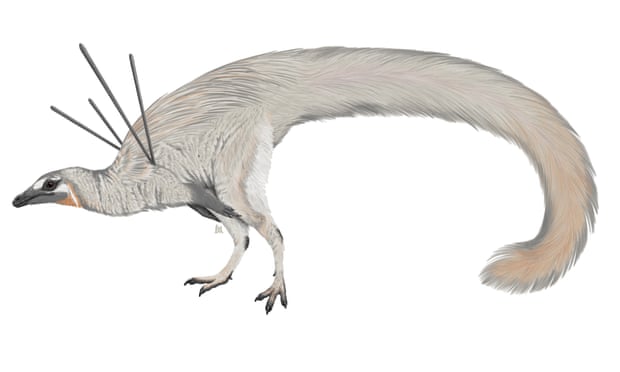Origins of Life
THIS ARTICLE was brought to my attention by a mention in the Earthlogs blog. It is based on the paradox that life needs water but water destroys DNA and RNA.
The way round this is to be in an environment which is intermittently wet and dry - a puddle! And, on the early Earth, a puddle in a meteor impact crater! This would have all the components needed for this view of the origin of life.
You can recreate these conditions in a chemistry laboratory and the results are interesting. But you cannot do it outside on Earth. But how about Mars? Some water, meteorite impacts and great preservation!
So next year a NASA rover called Perseverance will land in the Jezero Crater to look for the building blocks of life.
This is an easily read introduction to current thinking on the origins of life - well worth reading!
Nasa's Perseverance rover will search for signs of life in Jezero Crater on Mars.




